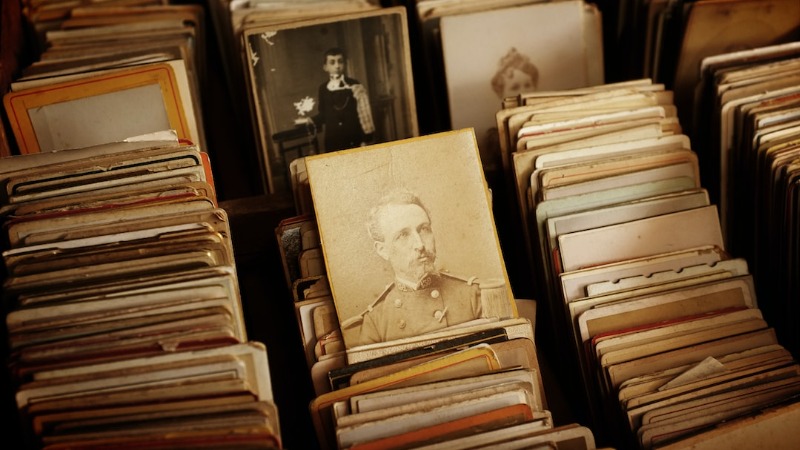
Famous Dentists in History
List of Famous Dentists
Contents
Throughout history, numerous dentists have been renowned for their achievements and contributions to the dental profession. From Julius Caesar to George Washington, dentists have been a vital part of our society for centuries. Throughout history, they have improved dental care techniques, developed treatments and procedures, and even set up their own businesses. Here is a look at some of the most famous dentists in history.
Hesy-Re
First Dentist in History
Hesy-Re is an ancient Egyptian figure believed to have been a high-ranking official and possibly a dentist during the Third Dynasty of Egypt, around 2600 BCE. He is known for his striking statue, discovered in his tomb in Saqqara, Egypt, in 1927. He worked as a physician-priest and ran a medical practice as a precursor to modern-day dentistry. His name translates to “Ruler of the Tongue,” which is fitting considering he primarily focused on treating mouth and teeth diseases – including tooth decay, dental abscesses, and gum disease.
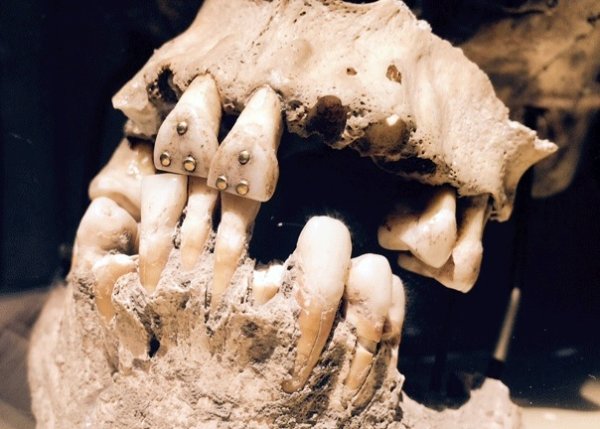
Pierre Fauchard
Founding Father of Modern Dentistry
Pierre Fauchard (1678-1761) is considered the founding father of modern dentistry. In 1728, he published The Surgeon Dentist, widely acclaimed for its comprehensive and detailed description of dental techniques. This work revolutionized dentistry and was used as a standard text for centuries. Fauchard developed numerous instruments and techniques that are still used today, including dental drills, crowns, bridges, and artificial teeth.
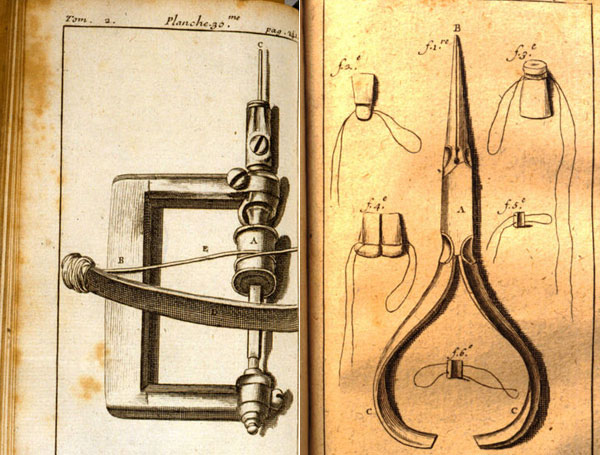
Paul Revere
Inventor of Dental Prosthetics
Paul Revere (1735-1818) was a prominent American patriot during the Revolutionary War, best known for his “Midnight Ride” to warn colonial troops of an impending British invasion. While Revere is not primarily known as a dentist, he did have a notable role in the early history of American dentistry.
In addition to his work as a silversmith and engraver, Revere also worked as a dentist, creating artificial teeth for patients who had lost their natural teeth. Revere was skilled in creating dentures using animal, ivory, and even human teeth, often harvested from corpses.
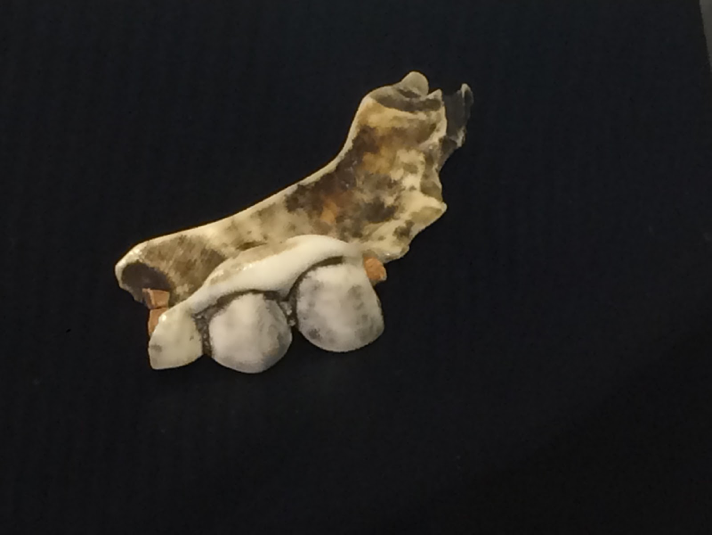
In 1776, Revere created a set of dentures for the American statesman and revolutionary Samuel Adams, made from a combination of hippopotamus and elephant ivory. The dentures significantly improved over earlier designs, which were often uncomfortable and difficult to wear.
Revere’s contributions to dentistry may not be as well-known as his role in the American Revolution, but they played an important role in the development of modern dental care. His work as a dentist helped to improve the lives of countless people who suffered from tooth loss and other dental issues.
John Greenwood
George Washington’s famous dentures
John Greenwood (1760-1819) was a prominent American dentist and dental innovator during the late 18th and early 19th centuries. He is known for his contributions to the development of modern dentistry, including the invention of the first known dental foot engine, a dental drill powered by a treadle.
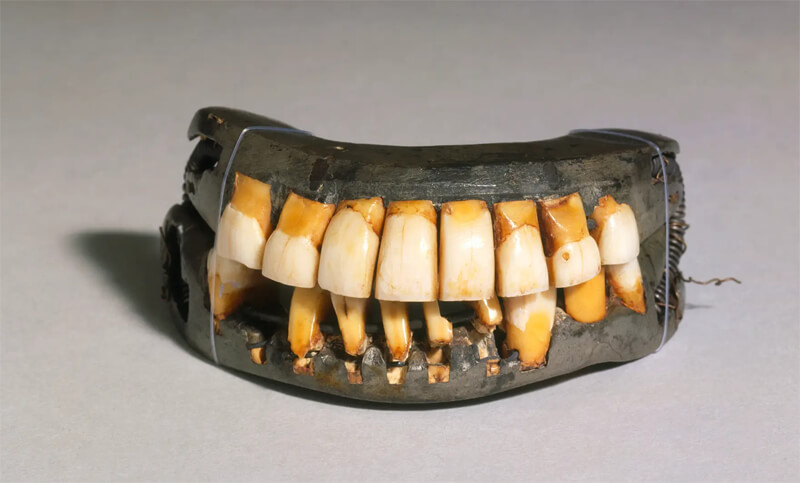
Greenwood was also one of the first dentists to develop a standardized system for making and fitting dentures, using gold wire and springs to hold the dentures in place. He was a member of the American Society of Dental Surgeons, the first national organization for dentists in the United States. He wrote several articles and books on dental care and oral hygiene.
During the American Revolutionary War, Greenwood served as a dentist to the Continental Army, treating soldiers in military hospitals and in the field. He also treated many prominent figures of the time, including George Washington and John Adams.
Responsible for designing George Washington’s famous dentures, carved from hippopotamus tusks. As a bonus, his father, Isaac Greenwood, was the first native-born American dentist. Greenwood is considered one of the founding fathers of American dentistry, and his contributions to the field continue to be recognized and celebrated today.
John Harris
Developed Scientific Dental Procedures
John Harris (1809-1856) was an American dentist who was the first to use rubber to produce dental appliances. Harris began experimenting with rubber as a substitute for the ivory, gold, and silver materials commonly used for dentures. In 1844, he introduced the first rubber-based dental plate, which was a significant innovation in the field of dentistry.
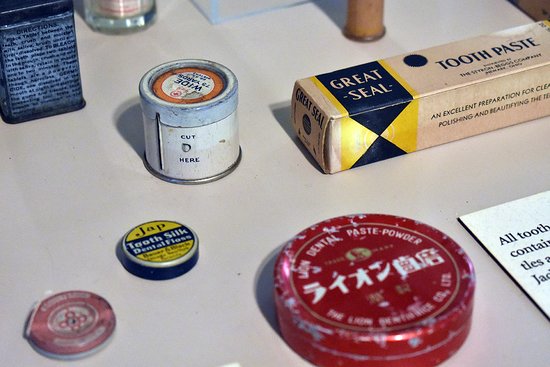
Harris also invented several other dental instruments and tools, including a dental excavator and dental mirror. He was known for his innovative dentistry approach and willingness to experiment with new materials and techniques. Harris practiced dentistry in the United States and Europe and was a member of several dental societies, including the American Society of Dental Surgeons.
William T. G. Morton
Pioneered Inhalation Anesthesia
William T. G. Morton (1819-1868) was an American dentist who introduced ether as an anesthetic for dental operations. His invention enabled him to perform complex extractions and other surgical processes without causing pain to patients.
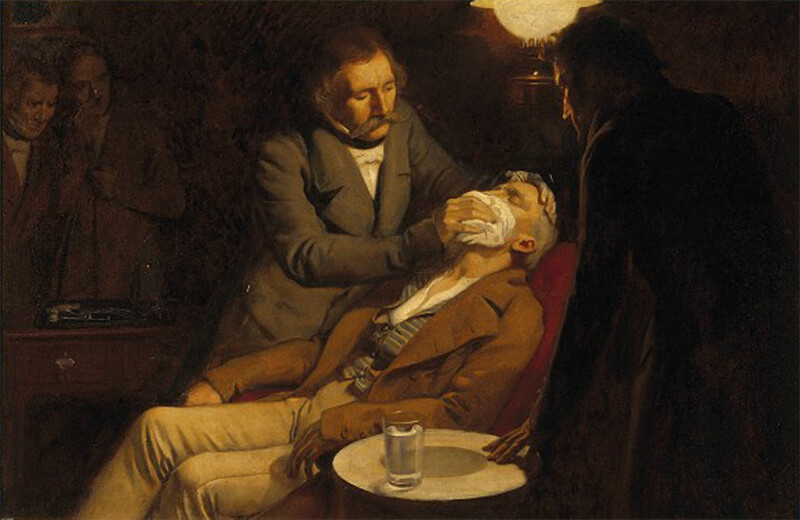
In 1846, Massachusetts-born William T.G. Morton pioneered inhalation anesthesia during a dental procedure in Boston. For the first time, dentists could offer painless surgery to their patients. After several years of refining his technique, his method became the standard of care for virtually all operations requiring anesthesia.
Horace Wells
Father of Anesthesia
Horace Wells (1815-1848) is credited with being the first person to use anesthesia in dentistry. In 1844, while observing a public demonstration of nitrous oxide, Wells realized it could reduce pain during dental procedures. He successfully used it on his own toothache but could not convince other dentists of its efficacy. Despite not receiving credit during his lifetime, Wells’ discoveries were eventually recognized, and now all dentists use anesthesia during procedures.
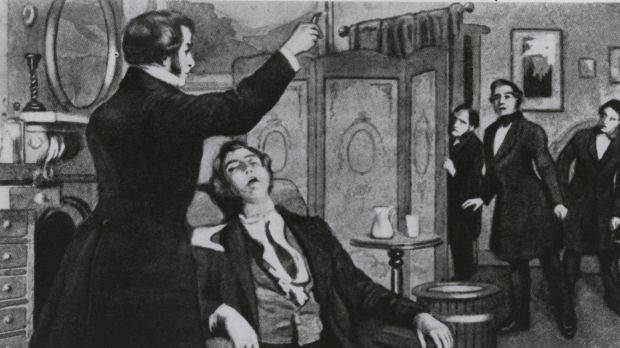
William Halsted
Father of Modern Oral Surgery
William Halsted (1852-1922) was an American oral surgeon who revolutionized oral surgery. In 1890, he performed a surgical procedure on a patient with a maxillary tumor, which involved removing the upper jaw and palate. This was a significant operation at the time, and Halsted’s success in performing the procedure helped to establish him as one of the leading surgeons of his era.
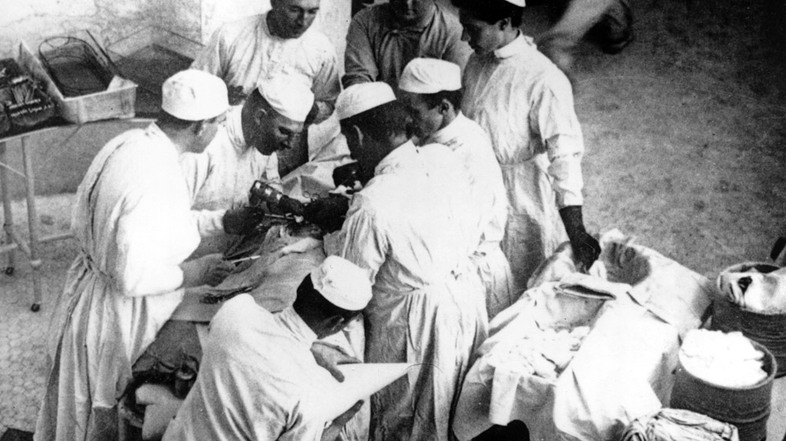
In addition, Halsted is known to have worked with several prominent dental practitioners of his time, including G.V. Black, who was a leading figure in the development of modern dental practice. He also developed cutting-edge surgical tools and techniques that have become standard today. Halsted could never achieve financial success despite his groundbreaking work, though his legacy lives on in modern oral surgery practice.
Alfred C. Fones
Father of modern dentistry
Alfred C. Fones (1869-1938) was a prominent American dentist credited with coining the term “dental hygiene” and pioneering the field of dental hygiene in the United States. Fones graduated from the New York College of Dentistry in 1898 and established a private dental practice in Bridgeport, Connecticut.
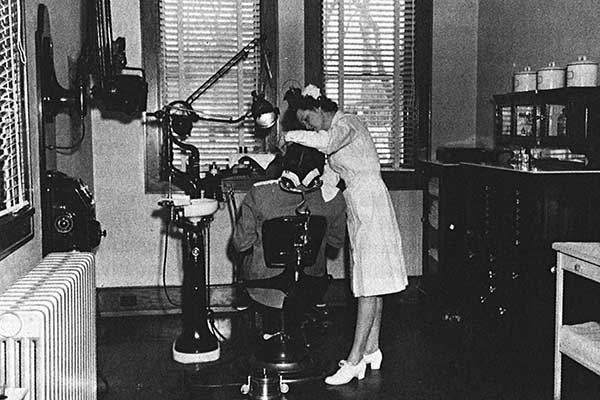
In 1906, Fones hired his cousin, Irene Newman, as his dental assistant. Recognizing the need for preventive dental care, Fones trained Newman to clean their teeth and educate patients on proper oral hygiene practices. He then established the first formal dental hygiene training program in the world at his dental practice in Bridgeport, Connecticut, in 1913.
Fones’ innovative dental hygiene approach helped establish it as a recognized profession. It paved the way for developing dental hygiene programs at universities and colleges across the United States. Today, dental hygienists play a critical role in promoting oral health and preventing dental disease, and Fones is recognized as a pioneer in the field.
J.N. Farrar
Father of Orthodontics
Known as “The Father of Orthodontics,” J.N. Farrar (1882-1974) designed dental appliances and first suggested using a gentle force at intervals to move and straighten teeth. A prominent physician and surgeon who founded Yale University’s first dental clinic, J.N Farrar pioneered hospital-based dentistry early. He was also the first president of the American Dental Association.
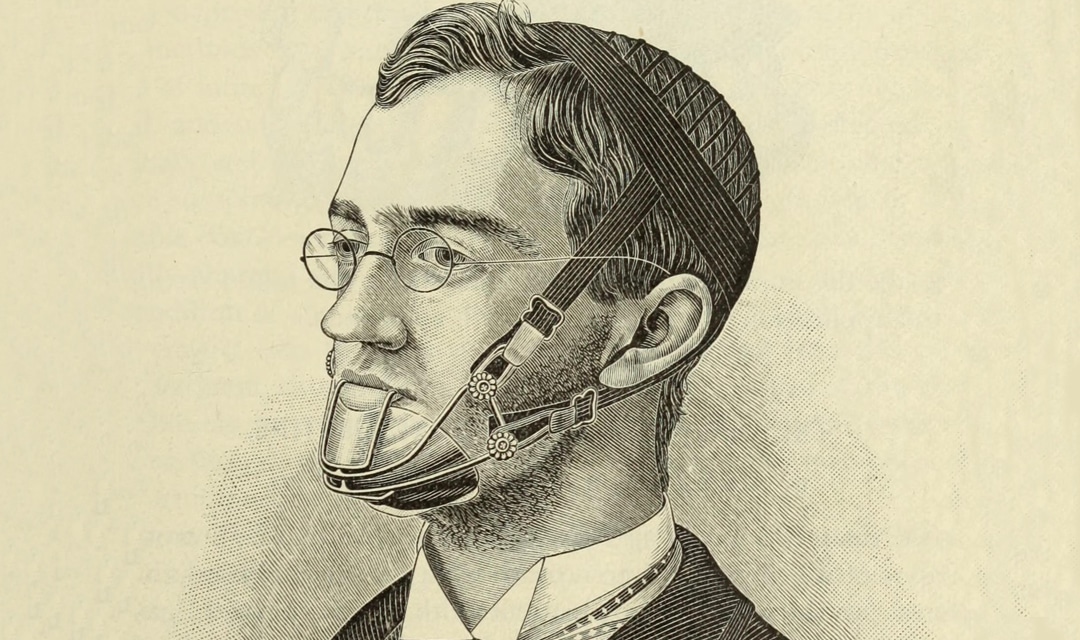
Farrar is credited with developing several important orthodontic techniques, including using ligature wires and developing the “edgewise” bracket. The edgewise bracket is a type of dental bracket that is still used today in modern orthodontics, and it allows for greater precision and control in the movement of teeth.
Lorraine Smith
Leader in Pediatric Dentistry
Lorraine Smith (1904-1996) was an American dentist and professor renowned for her contributions to pediatric dentistry. In 1936, she established the first National Dental Clinic for Children, providing free dental care to disadvantaged children. She also founded the Academy of Pediatric Dentistry, now one of the leading organizations in the field. With her tireless dedication and passion for teaching, Smith set the standard for child-centered care that has since become the norm in pediatrics.
Today, Smith’s legacy continues to be felt in the field of dentistry, particularly in the area of pediatric dentistry. Her dedication to providing free dental care to disadvantaged children and her commitment to promoting oral health for all children helped establish many of the practices and standards still in use today.
Emiline Roberts
First Female Dentist in the US
Emiline Roberts Jones (1836-1916) was a pioneering female dentist who established her own practice and conducted research into anesthetics and medical treatments. She also actively advocated for women’s rights within the dental profession.
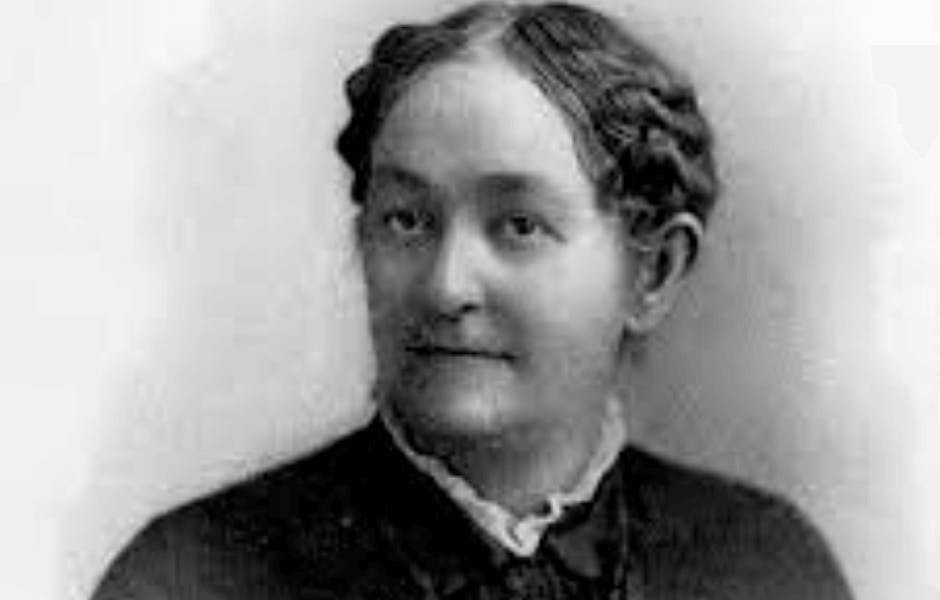
Roberts faced significant challenges as a female dentist in the mid-19th century, as many people at the time believed that women were not suited for careers in medicine or dentistry. Despite this, she persisted in her career and became a successful practitioner.
William Addis
Inventor of Modern Toothbrush
William Addis (1734-1808) was an English entrepreneur who invented the modern toothbrush. According to legend, while Addis was imprisoned for a minor offense, he became aware of his fellow inmates’ poor oral hygiene habits. He reportedly used a bone from a meal to fashion a crude toothbrush, using bristles from a broom he had managed to acquire and secure to the bone with wire.
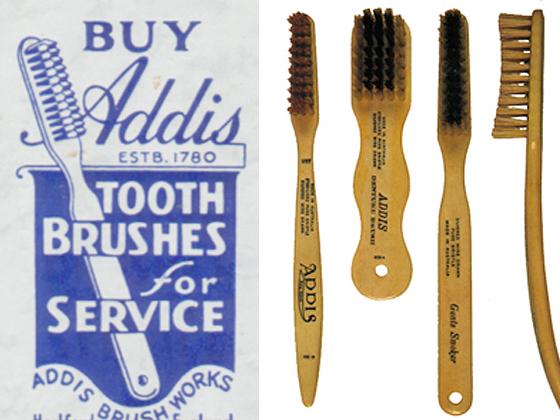
Addis’ invention of the modern toothbrush revolutionized dental hygiene, as before his invention, people typically used rough cloths or twigs to clean their teeth. With its bristles and ergonomic design, the modern toothbrush remains vital for maintaining good dental health today.
Final Word
The legacy of these talented individuals lives on through their innovations in dentistry that continue to improve millions of lives worldwide. From developing new tools to pioneering anesthesia, these pioneers have left an indelible mark on our understanding of oral care, paving the way for future dentists.
These are just a few incredible dentists who have left their mark on the dental profession throughout history. Their inventions and discoveries continue to be used by dentists today, making it possible to provide better care and treatment to patients everywhere.

